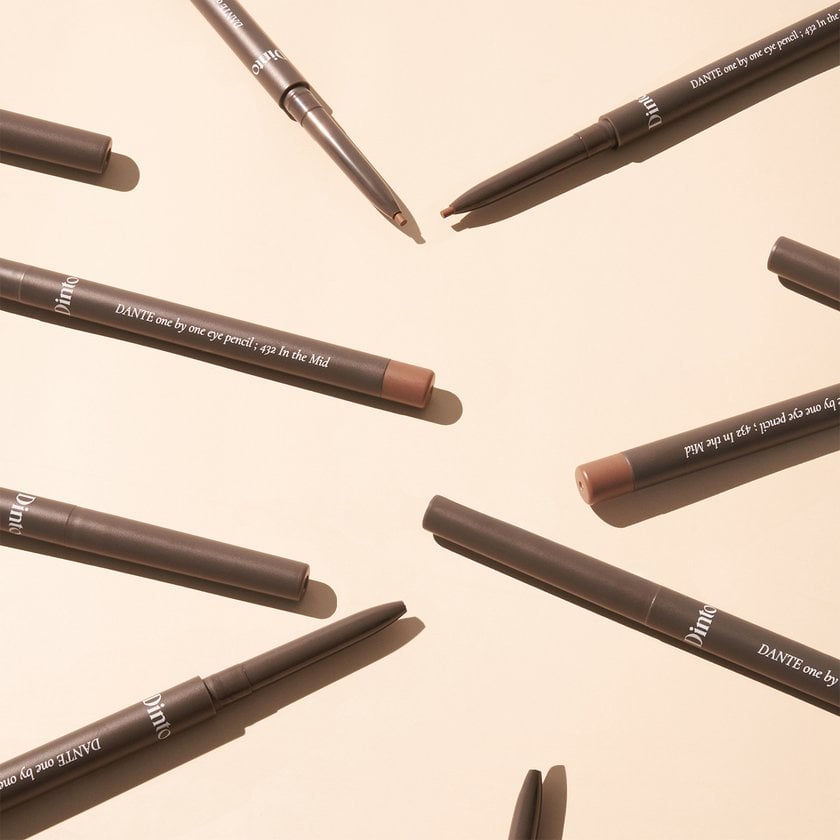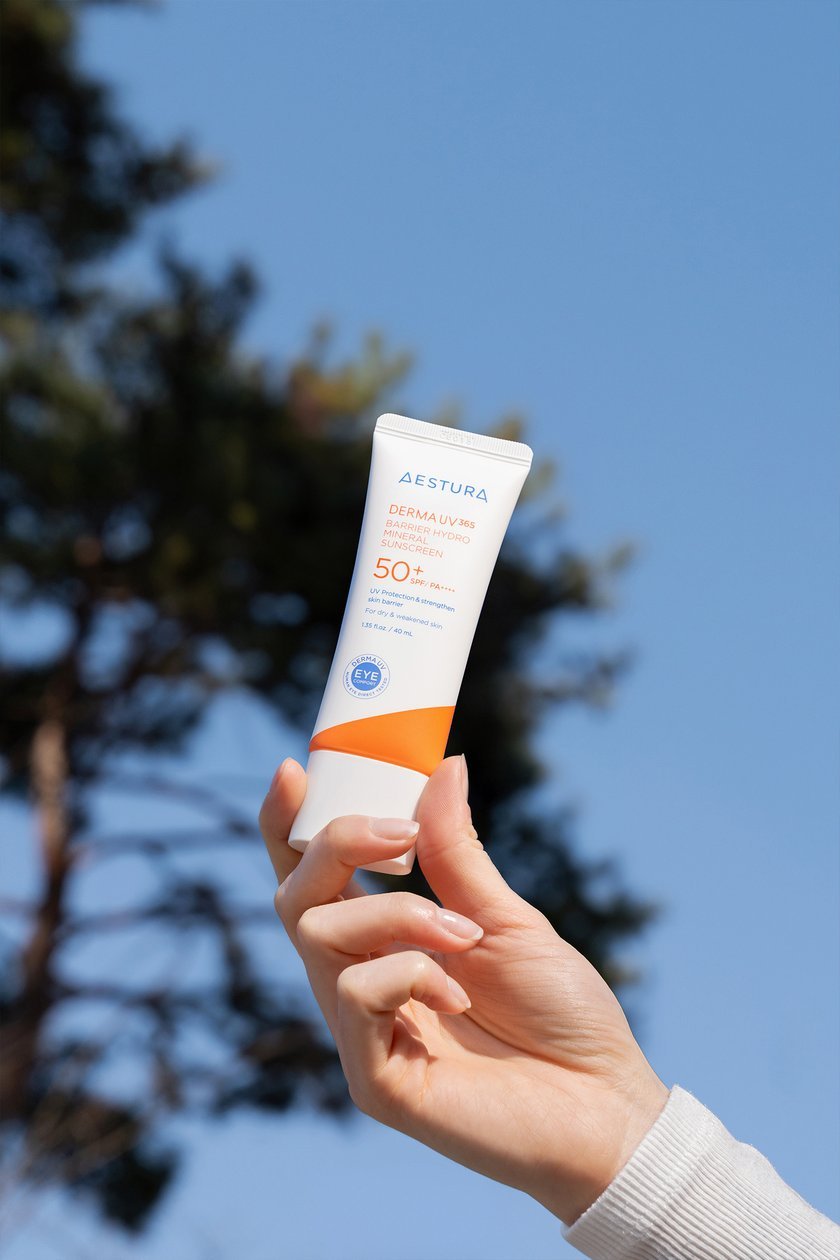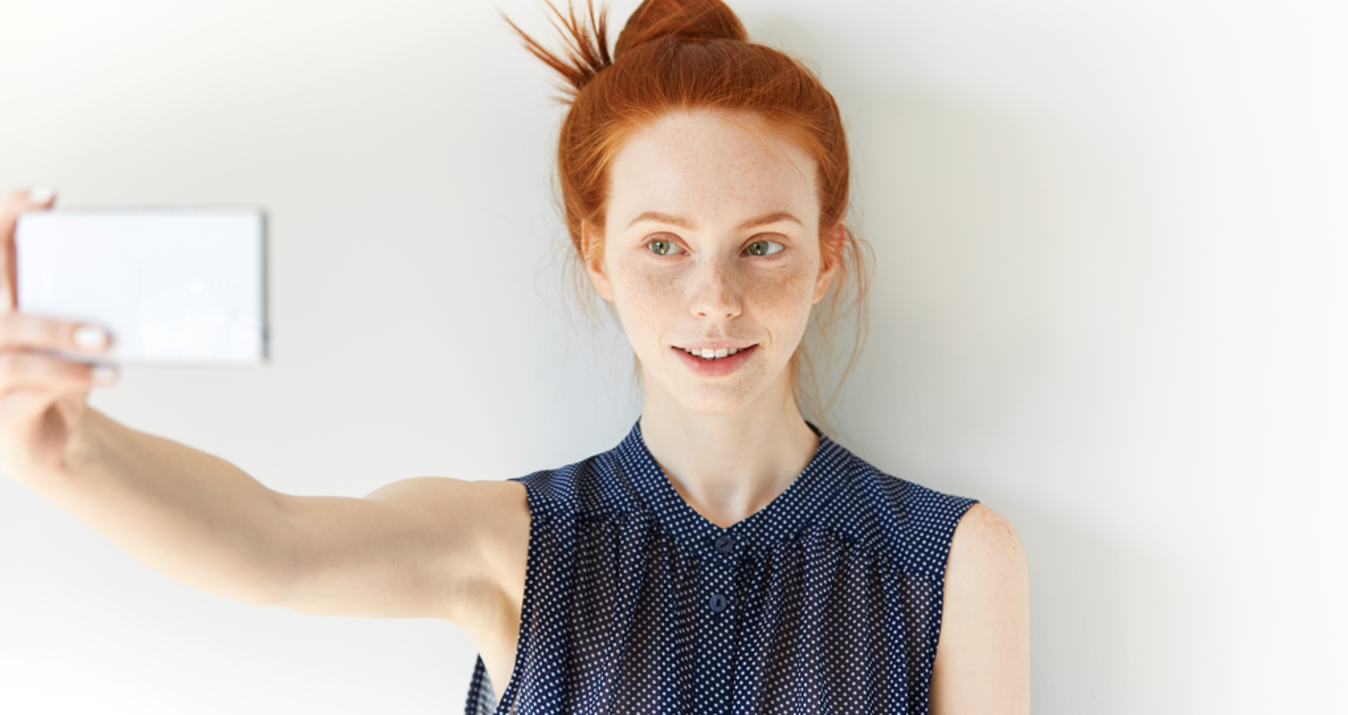Brand Photography Tips For Stand-Out Results
May 28, 2024

Discover essential brand photography tips on composition, lighting, color consistency, and thematic styling to ensure your photos communicate your brand's unique identity.
It can take just milliseconds to form a first impression from a brand photo. With the rise of social media, high-quality imagery has become more crucial than ever. Users rapidly scrolling through their feeds need to be stopped in their tracks by a compelling image, and that’s where a skilled photographer steps in. With the right know-how, a photographer can leave a positive first impression that resonates. Brand photoshoots are a strategic tool for businesses to create personalized, on-brand imagery that helps them differentiate themselves and build trust in the market.
To help stand out, photographers need to be savvy in several areas. Effective branding and a strong brand's presence are essential for differentiation and recognition in a crowded marketplace. Through this guide, we will detail ways that you can create eye-catching brand photos that not only grab attention but also elevate your portfolio, highlighting the importance of branding in creating a cohesive visual identity. So let’s get started.
Introduction to Brand Photos
Brand photos are more than just images—they are the visual heartbeat of your business. A thoughtfully planned brand photoshoot can transform the way your brand is perceived, helping you create a consistent visual aesthetic that truly resonates with your target audience. Whether you’re a seasoned business owner or just launching your brand, investing in high-quality brand photos is essential for making a memorable first impression on potential clients.
In today’s digital world, your brand’s presence on social media platforms and your website is often the first point of contact with your audience. Eye-catching, professional photos can set your business apart from the competition, reinforce your brand identity, and support your marketing efforts across all channels. By creating and sharing cohesive brand photos, you not only attract attention but also build trust and credibility with your clients. Ultimately, great brand photos help you tell your story, connect with your audience, and set the stage for long-term business success.
The Importance of a Photo Shoot
A photo shoot is a powerful investment for any business aiming to capture the true essence of its brand message. High-quality brand photos don’t just happen by chance—they’re the result of careful planning, creative direction, and professional execution. Working with a skilled brand photographer allows you to have a detailed shot list prepared, ensuring that every important moment is captured, from behind the scenes action to close-ups of your products, and from banner images for your website to engaging content for your social media posts.
A well-organized photo shoot helps you create a consistent visual aesthetic that reflects your brand colors and style, making it easier to communicate your brand message to your target audience. By planning ahead and collaborating with your photographer, you can capture a variety of shots that will serve as a great resource for all your marketing needs. Whether you’re looking for fresh images for a blog post, new banner images for your website, or content for your next social media campaign, a successful brand photoshoot ensures you have a library of professional photos ready to elevate your brand and connect with your audience.
Planning and Preparation
Before you begin your photoshoot, it’s essential to have a carefully considered plan and approach. Start by understanding the brand’s image and its preferences in terms of imagery. Pay close attention to their use of:
Colour.
Light.
Composition.
Messages.
Style and Aesthetic.
Figure out which props, outfits, and content will best represent the brand and create variety in your shots.
Careful planning not only leads to fewer reshoots but also ensures a quicker turnaround. Identifying the key elements—such as your shot list, messaging, and overall concept—is crucial for a successful brand photoshoot. With all props ready and a clear aim for the day, you can focus solely on shooting, which typically results in better work. Make sure everything makes sense for the brand and the shoot. To better understand what exactly and how you plan to shoot, we recommend doing the following:
1. Creating Mood Boards
Once you grasp what the brand prefers, you’ll be well on your way to creating work that the brand will appreciate. With ideas in mind, create a mood board online for inspiration for your shoot. Sometimes, you will work on mood boards together with a client, or they might send over something they have already created.
In a recent shoot, I worked according to my client's brief but also experimented with some of my own ideas during the shoot, which the client ended up choosing as well. This success was because I understood the brand image well, suiting their taste.
2. Identifying the Target Audience
Another crucial element to consider is who will see these photos. Decipher this by examining the brand's customer demographic and tailoring your imagery accordingly. Consider where your work will be displayed—is it intended for the website, social media, or for point-of-sale? When considered carefully, this can significantly influence how you approach your shoot.
Advanced yet easy-to-use photo editor
Get Luminar Neo NowEquipment and Camera Settings
Product and brand photography may require a range of equipment and props, along with a good technical knowledge of your camera to help you achieve high-quality results.
There are also many resources available, such as guides and planning tools, to help photographers prepare for brand photoshoots.
Equipment
Lighting is the most crucial aspect to consider when approaching brand and product photography, as it can significantly elevate your work to a professional standard. There are three types of lighting:
Continuous: Great for beginners, continuous lighting remains on at all times, helping you set your scene. However, these lights aren't very powerful, which can lead to noisy shots due to lower light levels.
Strobe: With strobe lighting, the lights flash only when you take a photo, illuminating your scene briefly. Strobe lights can be intimidating for beginners in the studio, but once you become comfortable with them, you’ll find your images look cleaner and sharper, thanks to the powerful lighting.
Natural: Utilising the sun can bring natural quality to your photos, though it comes with drawbacks. You’ll need access to a large window and favourable weather conditions. For instance, during a recent shoot with natural light, we were pressed for time and had to contend with intermittent clouds, springing into action whenever the sun emerged. Despite the challenges, natural lighting produces crisp images with fine quality.
Camera Settings
It's essential to have a solid understanding of your camera's manual settings before attempting brand and product photography. To minimise noise, keep your ISO low. Additionally, find the sweet spot in your aperture settings; I typically use around f/8 to f/12, where my lens is sharpest because capturing every detail is crucial. The brand has invested meticulous effort into its product's design and packaging, and your photography must reflect that precision.
Props
Incorporating props into your scenes can make brand photography more engaging and visually appealing. Creating a detailed prop list is essential, as it helps enhance storytelling and ensures you have everything needed to support your brand’s message. This is where you can get creative, using items like plants, flowers, food, ornaments, rocks, and tiles to complement the product and enhance the composition.
For instance, if you are photographing a sports-related product, consider creating a scene with various sports-related items around the product. When preparing for shots where the subject will be holding products or props, make sure hands and nails are clean and neat for a polished appearance. Common props such as a laptop and phone are great for illustrating behind-the-scenes work or day-to-day business activities.
Also, include props that represent your business’s service or services, like tools of the trade or items used in client interactions, to visually communicate what you offer. However, ensure that the props align with the brand’s image, and avoid including any competing brand logos. Plan specific poses and make the most of each session to capture a variety of professional branding images.
Composition and Creativity
Once all the equipment is ready, it’s time to start creating your scene. Each picture you take should contribute to telling your brand story. This is a skill that improves with practice. To hone your abilities, get inspired by other studios’ work and, during your portfolio-building stage, practice by replicating others’ setups with props, lighting, and experimenting with different sets to create diverse visual options. Capturing a variety of pictures—such as wide shots, close-ups, and behind-the-scenes images—keeps your brand’s visual content engaging.
Remember, not everything in your visual portfolio should look the same; variety helps maintain interest and authenticity. This approach is highly effective for learning and helps you critically assess your work by comparing it to the original.
Creating Composition
Your composition is crucial for creating an eye-catching shot that keeps the product at the centre of attention. If you’re creating busy scenes, does the product still stand out to the viewer?
Here are some aspects to consider when setting up your shot:
- Placement: Should the product be centred, or are you using other compositional techniques like the rule of thirds or the golden ratio?
- Symmetry: Is your composition evenly portioned, and if not, does it still look pleasing?
- Depth: Is there enough depth in the image, allowing the product space and guiding the viewer’s eye through the scene?
- Headroom: Consider the space above the product. Is there enough room, or does it feel cramped?
- Pose: For brand photoshoots, especially headshots, consider the subject’s pose. A traditional headshot pose—smiling and looking directly at the camera—can convey professionalism, approachability, and reinforce your branding message.
- Leading Lines: Consider using leading lines to guide your viewer’s attention to the product. This isn’t necessary but can enhance your composition.
- Colour Composition: This is crucial and requires an understanding of colour theory. Great composition can be undermined by poor colour choices that do not complement each other or clash.
Elevate Your Photography with Our Advanced Software
DISCOVER PRICINGWorking with a Brand Photographer
Partnering with a brand photographer can elevate your brand photos to a whole new level. A professional photographer brings expertise, creativity, and a fresh perspective to your photo shoot, helping you create images that perfectly capture your brand message and visual style. When working with a brand photographer, it’s important to communicate your vision, goals, and any specific ideas you have for the shoot. Sharing your brand’s story, target audience, and desired visual aesthetic will help your photographer tailor their approach and deliver photos that align with your business objectives.
Throughout the photo shoot, provide feedback and direction to ensure the images reflect your brand’s personality and values. A collaborative approach allows you to create a library of high-quality brand photos that can be used across your website, social media platforms, and marketing materials. By investing in a professional brand photographer, you’re not just getting great photos—you’re building a visual foundation that will help your brand stand out, connect with your audience, and drive business growth.
Boosting Creativity
Brand photography should be fun, and creating scenes is where much of that fun begins. If you are creative, this is where you can truly stand out and start to develop a recognizable style that brands will seek out. Ideas for shoots can come from your own creativity or be inspired by mood boards. Consider the following when setting up your scene:
Aesthetic: What kind of look are you aiming for? Whether it’s bright and vibrant, dark and moody, or clean and crisp, ensure it aligns with the brand’s image.
Narrative: Are you telling a story with your shot? Use props and settings to convey the brand's story.
Ingredients: For products with specific ingredients, such as a blueberry yoghurt drink, include these in your scene. Showing ingredients can effectively communicate what the product is made of.
Backdrop: Choose to shoot against a plain background or get creative with organic materials like wood or stone, or set your product in a kitchen or garden.
Lighting and Shadow: Lighting does more than illuminate; it can add mystery or style through dense shadows or patterned light, adding layers of interest to your shots.
Experimentation will help you find a balance between solid composition and creative flair, making your shots engaging. Over time, you’ll likely develop a preferred theme and evolve this into your distinctive style.
Post-Processing
Once your shoot is complete, it’s time to begin editing. This process is as crucial as the shooting itself, with brand photography requiring specific tools to help elevate your work.
After editing, prepare your images for posting on social media, blogs, and other marketing channels to maintain a consistent brand presence.
1. Achieve Color Accuracy
Ensure you are working on a calibrated monitor so that the colours appear true to life. You don't want to discover that the colours on the brand's product look different on screen, as this would certainly disappoint the client. A calibrated monitor helps you maintain fidelity to the brand's visual standards.
2. Stick to the Brand Style
During editing, closely replicate the brand's typical style for their imagery. This is your opportunity to match moods and colours to align with what the brand aims for. If some colours are slightly off, consider hue shifting to achieve a better match and a more cohesive colour palette.
3. Consider Masking
Use masks to edit select portions of your image selectively. You'll want to ensure that your product stands out, so make sure it is brightly lit and contrasts well with its background.
4. Maintain Image Clarity
Ensure your shots are pristine by using the erase tool. No matter how careful you are during the shoot, pesky dust specks and other debris can find their way onto your set. Carefully review your images multiple times to ensure they are clean and ready for display.
5. Keep It Authentic
The most important factors to consider when editing your images are ensuring the product stands out, the colours are true to life, and your image is clean and tidy. During this stage, you can get creative and try unique approaches to colour grading and other editing processes to ensure your photo is eye-catching. Just make sure it remains on-brand.
The Bottom Line
The world of brand photography is exciting. With a wide range of projects, you'll always be working on something fresh, and with every job, you'll learn something new.
By closely following the client's brief and understanding their aims, you'll leave them satisfied and eager for more in the future. However, don't be afraid to try something new; it's what will set you apart from other photographers and help you stand out. So grab your camera, get creative, and start shooting.
This article is for informational purposes only. Skylum is not affiliated with nor endorsed by any brands mentioned. All trademarks and images are the property of their respective owners.









